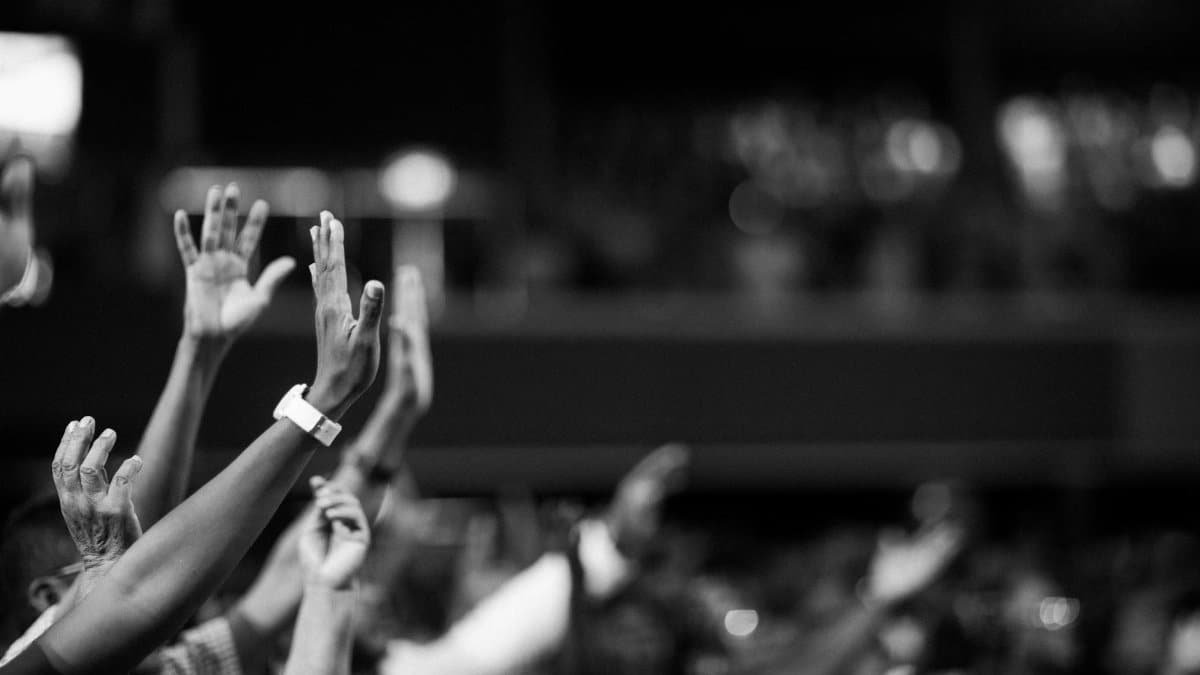Imagine counting down the days to a long-awaited vacation, the flutter of excitement building with each passing moment. That feeling—anticipatory joy—is more than just a fleeting emotion; it’s a powerful force rooted in psychology and neuroscience. What if this sensation, often tied to future events, could be harnessed to elevate everyday life? The emerging field of anticipatory joy science suggests it can. Researchers are uncovering how looking forward to positive experiences shapes our mental health, rewires neural pathways, and even boosts resilience. For many Americans grappling with stress in 2025, this concept offers a tangible way to cultivate happiness. It’s not about ignoring the present, but about strategically leaning into what’s ahead. This article unpacks the mechanisms behind anticipatory joy, its measurable benefits, and practical ways to train this mindset for a more fulfilling life.
The Brain’s Reward System at Play

At its core, anticipatory joy science examines how the brain responds to the promise of future rewards. When we look forward to something—a family reunion, a new movie release, or even a quiet weekend—our brain’s reward system lights up. Dopamine, often dubbed the “feel-good” chemical, surges in anticipation, sometimes more intensely than during the event itself. A study from the University of Colorado Boulder found that this pre-event excitement can create a sustained mood boost, acting as a buffer against stress. You can explore the research details through the University of Colorado News Archive.
This isn’t just theory. Picture a busy parent in suburban Chicago, mentally replaying the upcoming school play their child is starring in. Each thought triggers a small dopamine hit, easing the grind of a hectic week. Scientists note that this mechanism evolved to motivate goal-directed behavior—our ancestors needed it to hunt or plan for scarce resources. Today, it’s a tool for mental well-being, if we learn to use it right.
Why Anticipation Often Outshines the Moment

Here’s a curious twist: the buildup to an event can feel more rewarding than the event itself. A 2010 study published in the journal Applied Research in Quality of Life revealed that people planning vacations reported higher happiness levels in the weeks leading up to their trips than during or after them. The findings, summarized by the Springer Journal Page, suggest that anticipation allows us to idealize outcomes, free from the imperfections of reality. A delayed flight or rainy beach day can’t tarnish a fantasy yet to unfold.
This gap between expectation and experience isn’t a flaw—it’s an opportunity. By savoring the “before,” we stretch out positive emotions over time. Think of holiday planning in early November, when the idea of gathering with loved ones feels flawless. That mental rehearsal, researchers argue, is a happiness multiplier we often overlook.
The Mental Health Connection

Beyond fleeting excitement, anticipatory joy science holds deeper implications for mental health. Researchers at Harvard University have linked positive anticipation to lower rates of anxiety and depression. Their work, accessible via the Harvard Health Publishing Site, shows that focusing on future positive events can reframe negative thought patterns. It’s a form of cognitive training—teaching the mind to pivot toward hope rather than dread.
Consider someone battling seasonal blues as winter drags on. Scheduling a small spring outing and mentally revisiting it during darker days can shift their emotional baseline. It’s not a cure-all, but a complementary strategy. Therapists increasingly incorporate this into treatment plans, encouraging patients to build “joy anchors” into their calendars. In a culture where burnout is rampant, especially in 2025’s fast-paced landscape, this small shift can feel like a lifeline.
Cultural Shifts Amplifying Anticipatory Joy

Across the U.S., there’s a growing appetite for experiences over material goods—a trend that feeds directly into anticipatory joy science. Millennials and Gen Z, in particular, prioritize concerts, travel, and shared moments, often planning them months in advance. A Pew Research Center report highlights this shift, noting that 78% of younger adults value experiences as key to happiness. Dive into the data at the Pew Research Social Trends Page.
This isn’t just about spending money. It’s about creating mental space for excitement. Social media plays a role too, with people curating vision boards or countdowns to big events. While over-sharing can backfire, the act of visualizing a future moment—say, a cross-country road trip—amplifies that pre-event thrill. For middle-aged adults, this might mean rediscovering the buzz of planning a milestone anniversary, proving joy isn’t age-restricted.
Training the Mind for Future Joy

So, how do you train anticipatory joy? It starts with intentionality. Psychologists suggest scheduling small, positive events regularly—think a monthly dinner with friends or a weekend hike. The key is to mark it on the calendar and let your mind wander to it during mundane moments. Don’t just wait for big occasions; micro-doses of anticipation, like looking forward to a favorite show’s new episode, can sustain daily mood.
Another tactic is visualization. Close your eyes and imagine the sensory details of an upcoming event—the smell of fresh coffee at a planned brunch, the sound of laughter. This mental rehearsal primes the brain for joy. One woman described her approach in an anonymous online forum, saying she mentally “lives” her annual beach trip for weeks beforehand, picturing every wave. That deliberate focus, she noted, pulls her through stressful workdays. It’s a reminder that anticipation is a skill, honed with practice.
Navigating the Pitfalls of Expectation

Not every anticipated moment delivers. A hyped-up concert might flop, or a family gathering could spark tension. Anticipatory joy science doesn’t ignore this reality; it accounts for it. The trick lies in managing expectations while still savoring the buildup. Researchers advise focusing on aspects within your control—like the playlist for a road trip—rather than outcomes dependent on others or chance.
There’s also the risk of over-anticipation, where the fantasy overshadows the present. Balance is crucial. A man in his 50s shared a lesson learned after fixating on a retirement cruise for years, only to feel let down by the reality. “I missed the small joys of now,” he admitted to a friend. The takeaway? Anticipation should enhance life, not eclipse it. Pair future-focused excitement with gratitude for the current moment, and the emotional payoff deepens.
Building a Joyful Routine in 2025

As life grows more unpredictable, embedding anticipatory joy into daily routines feels especially vital in 2025. Start small: plan a weekly ritual, like a Sunday morning walk, and let the thought of it buoy you midweek. Or set a longer-term goal—a summer festival—and break it into mini-milestones, like buying tickets or mapping the route. Each step becomes a spark of excitement.
Community helps too. Join a local group with shared events on the horizon, whether it’s a book club or a charity run. The collective anticipation—chatting about what’s coming—amplifies the effect. For those feeling stuck, this approach reframes time as something to look forward to, not just endure. It’s a quiet rebellion against the grind, a way to reclaim emotional space in a crowded world.
The Bigger Picture of Happiness

Anticipatory joy science isn’t just about personal gain; it’s about understanding human nature. Why do we dream of tomorrow? How does hope shape us? These questions drive researchers to explore how anticipation ties into broader happiness metrics. It’s a piece of the puzzle, not the whole picture, but an accessible one. Unlike systemic issues—economic stress or health disparities—this is a lever most can pull.
Reflect for a moment on the last time a future plan lifted your spirits. Maybe it was a simple coffee date or a major life event. That spark, backed by science, shows we’re wired for forward-looking joy. By leaning into it deliberately, we don’t just wait for happiness—we build it, day by day, thought by thought. For a nation navigating uncertainty, that’s a powerful starting point.

A certified hypnotherapist, Reiki practitioner, sound healer, and MBCT trainer, Christopher guides our journey into the spiritual dimension, helping you tap into a deeper sense of peace and awareness.
Disclaimer
The content on this post is for informational purposes only. It is not intended as a substitute for professional health or financial advice. Always seek the guidance of a qualified professional with any questions you may have regarding your health or finances. All information is provided by FulfilledHumans.com (a brand of EgoEase LLC) and is not guaranteed to be complete, accurate, or reliable.
